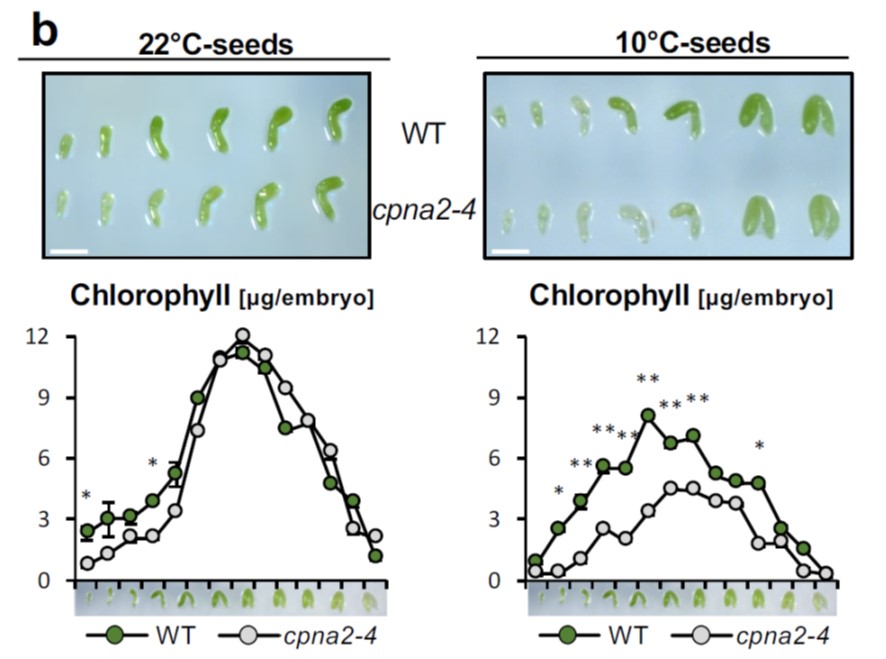
Embryonic photosynthesis affects post-germination plant growth (Plant Physiol.)
Plant Science Research WeeklyAngiosperm seeds develop within maternal tissues, yet in some species including Arabidopsis the developing embryos carry out photosynthesis. In Arabidopsis, this is transitory, and the embryonic chloroplasts lose chlorophyll and dedifferentiate into eoplasts as the seed matures. Sela et al. set out to…
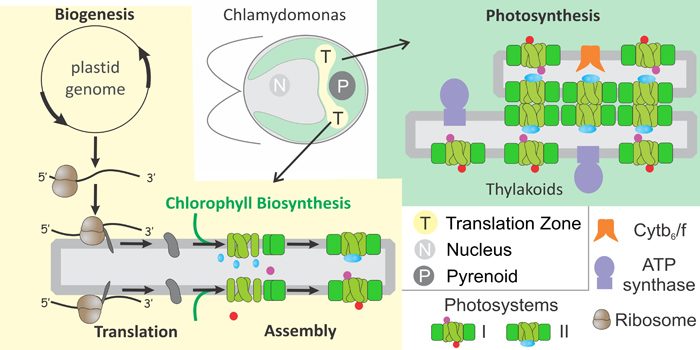
The photosystem factory in chloroplasts
Research, The Plant Cell, The Plant Cell: In a NutshellSun et al. reveal the subcellular organization of photosystem biogenesis in Chlamydomonas. Plant Cell https://doi.org/10.1105/tpc.19.00263
by Melissa Valente-Paterno, Yi Sun and William Zerges. Department of Biology, Concordia University.
Background: Cells localize intracellular processes to…

Special Issue: New perspectives on crassulacean acid metabolism biology
Plant Science Research WeeklyCrassulacean acid metabolism (CAM) is a water-conserving strategy in which stomata open at night and carbon is stored until daytime photosynthesis provides the energy to fix it. This special issue of the Journal of Experimental Botany, edited by Hultine, Cushman, and Williams, brings together a set of…

Subdivision of light signaling networks contributes to partitioning of C4 photosynthesis (Plant Physiol)
Plant Science Research WeeklySome plants such as Zea mays partition different components of the photosynthetic pathway in mesophyll cells (MC) and bundle sheath cells (BSC) in a process known as two-cell C4 photosynthesis. For example, light-harvesting reactions carried out by photosystem I and II (PSI and PSII) occur only in the…

Synthetic biogenesis of chromoplasts from leaf chloroplasts (bioRxiv)
Plant Science Research WeeklyChromoplasts are a type of plastid, usually found in fruits and flowers, that can accumulate large amounts of carotenoids including beta-carotene (pro-vitamin A). It has been proposed that increasing chromoplast formation could be a way to enhance human consumption of vitamin A. In a new report, Llorente…
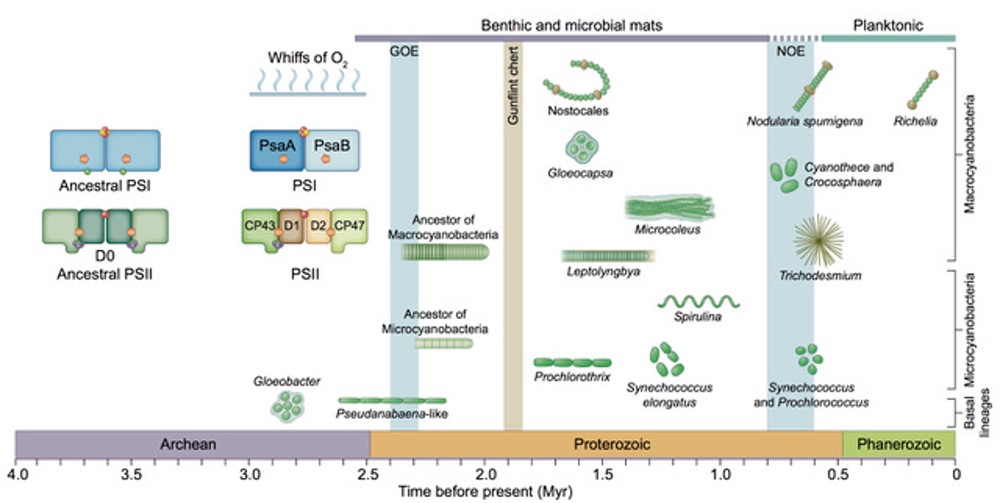
On the origin of oxygenic photosynthesis and cyanobacteria (New Phytol)
Plant Science Research WeeklyPhotosynthesis occurs in several ways, only one of which releases oxygen as a product. As oxygen-breathing organisms, we are totally dependent on oxygenic photosynthesis, which is restricted to cyanobacteria and green plant plastids. In this review, Sánchez‐Baracaldo and Cardona examine how recent…
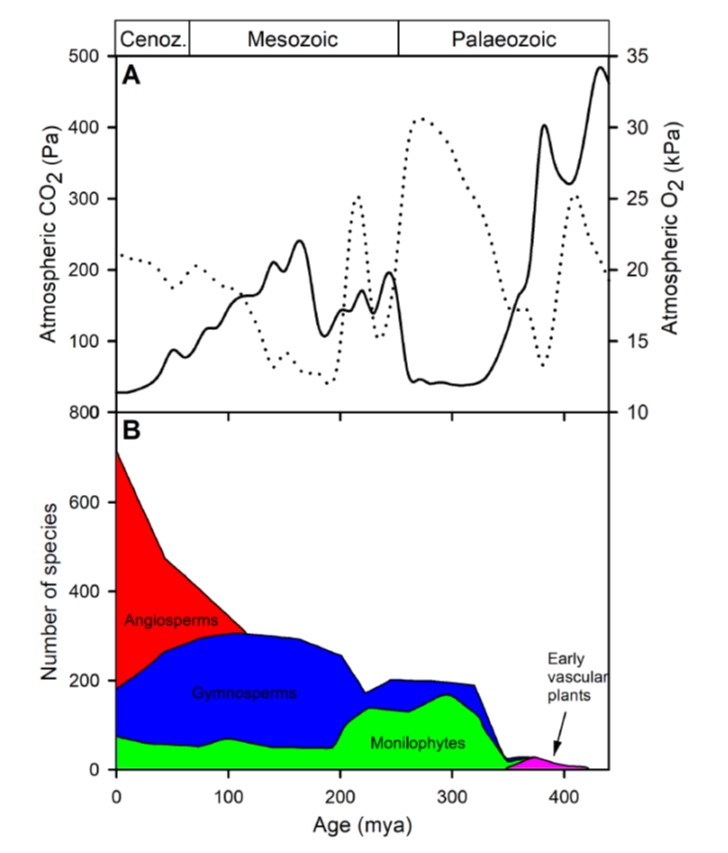
A novel hypothesis for the role of photosynthetic physiology in shaping macroevolutionary patterns (Plant Physiol)
Plant Science Research WeeklyIn the 450 million(ish) years since plants acquired the ability to live on land, they have caused dramatic changes in the concentrations of atmospheric CO2 and O2 levels. As an example, due to tremendous increases in photosynthesis, CO2 levels dropped and O2 levels rose dramatically in the late Paleozoic…
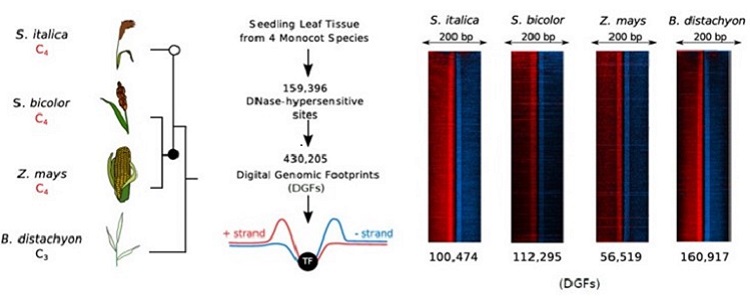
Mapping the landscape of C4 gene regulation
Research, The Plant Cell, The Plant Cell: In a NutshellBurgess et al characterize genome-wide patterns of transcription factor binding to provide insight into the architecture associated with C4 photosynthesis gene expression. Plant Cell https://doi.org/10.1105/tpc.19.00078
By Steven James Burgess (University of Cambridge, UK) and Ivan A. Reyna-Llorens…
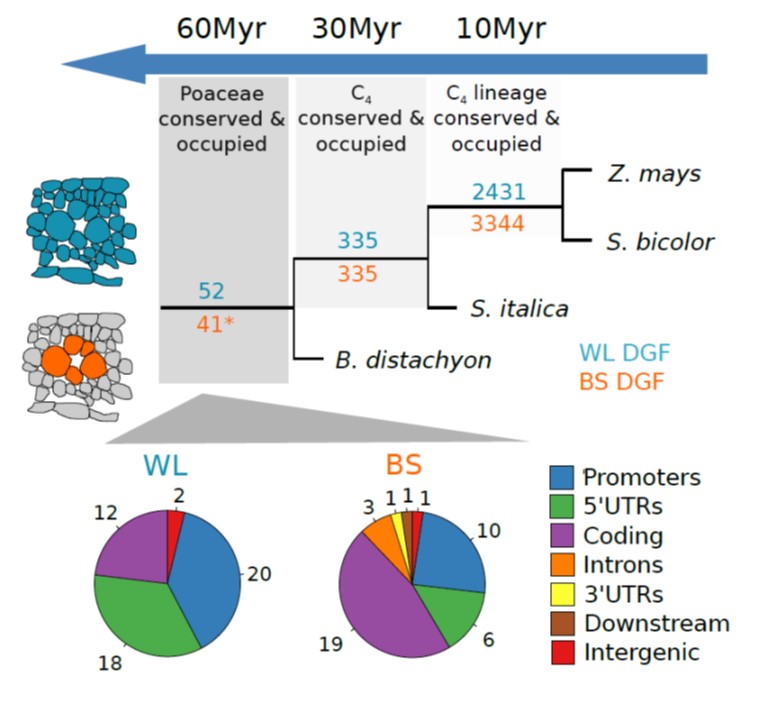
Genome-wide transcription factor binding in leaves from C3 and C4 grasses (Plant Cell)
Plant Science Research WeeklyMost plants use the C3 photosynthesis pathway, however many have evolved strategies like C4 photosynthesis that accumulate CO2 around RuBisCO. Burgess et al. performed DNAseI-SEQ in three C4 plants: S. bicolor, Z. mays and S. italica, and one C3: B. dystachion, to offer an insight into the cis-element…

